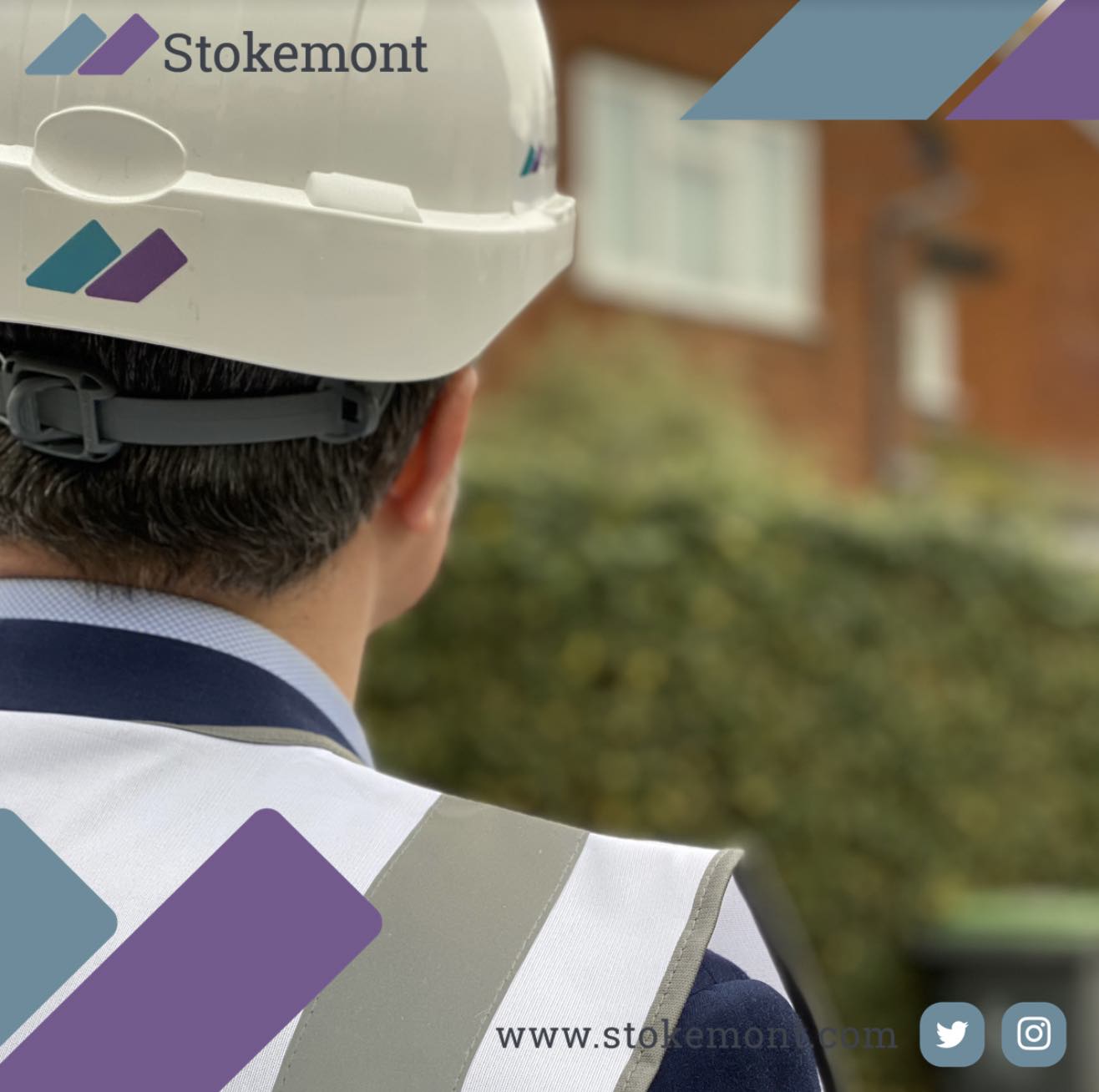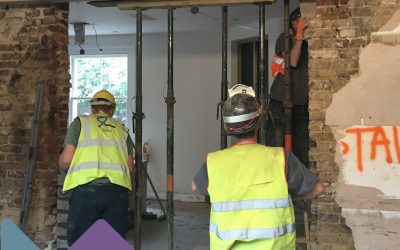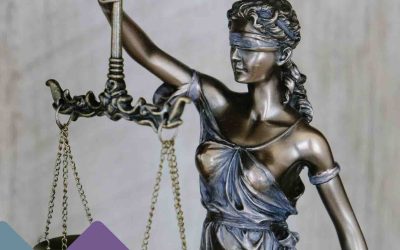In today’s Property Surveying blogpost, we are going to be looking at building surveying, and in particular through a residential context. Licence for Alterations are required if a leaseholder is undertaking any works to their property. It is important to note that a leaseholder, can also be referred to as a share of freeholder or tenant.
Alterations procedures are in place and are set out by the property lease, to which the leaseholder’s property is established.
From a neutral perspective, the alterations covenant within the lease is there to ensure that the leaseholder has a framework to adhere to in the event that they plan on undertaking construction works, or alteration works to their property.
It is also important to note that the alterations covenant will not often restrict itself to just construction works, and instead very minor adjustments or changes can also be covered by the alterations covenant. The logic and premise behind this, is to ensure that the leaseholder is not given cart blanche to undertake any works to their property without properly considering their fellow leaseholders, neighbouring properties, and ultimately the envelope of the building which forms part of the share of freehold, or freeholder’s entity.
When leasehold alterations are established to be required, the first thing that the leaseholder, or share of freeholder should do is to take a comprehensive look at the lease’s alterations covenant to establish exactly what type of hurdles lay in wake.
Commonly, there are three different types of leasehold alterations covenants that are commonplace throughout all leases in England and Wales.
Fully Qualified Covenant
A fully qualified covenant is the most favourable type of leasehold alterations clause, it will include wording along the lines of:
the leaseholder will be able to undertake the alterations works, with those alterations Consents not being unreasonably withheld by their freeholder.
In a nutshell, what this means is that so long as the leaseholder, or share of freeholder, goes through the necessary steps to mitigate against risk in issue, they are likely to be given the freeholder’s Consent for those alterations works.
Here at Stokemont, we compare this to a traffic light, with this option being green.
Qualified Covenant
Much like a fully qualified covenant, a qualified covenant is in place whereby wording along the lines of the following exists:
The leaseholder will be able to undertake the proposed alterations work with the Consent being granted by the freeholder.
Importantly, and pivotal to the assessment of this alterations covenant, the wording does not go on to say that the freeholder cannot unreasonably withhold Consent.
Simply put, this means that the freeholder does not need to give their Consent for the alterations works. Furthermore, they do not need to provide any justification or reasoning if indeed they opt against giving their Consent.
In normal situations, it is also not uncommon for a freeholder to request a premium, fee, or agreement cost for the alterations permission.
If you were to compare this to a traffic light, this would be an amber/orange light.
Absolute Covenant
An absolute alterations covenant is not the most favourable.
In fact, it is a very negative outcome for any leaseholder planning on undertaking works.
The wording within the lease and alterations clause will set out as follows:
Alterations are not to be undertaken to the property.
This is type of wording that you are likely to find within the lease, and ultimately confirms that alterations works cannot be undertaken.
Historically, freeholders tended to be quite liberal with these types of alterations clauses, however, recently case law changed the way in which freeholders now consider this.
The case law itself had a scenario whereby there was an absolute covenant in place, the freeholder decided to wave the lease’s wording and permit the leaseholder to undertake the works. Another leaseholder within the property then raised issue, and the freeholder was held to be at fault for departing from the lease’s terms.
You will find that if there is an absolute alterations covenant in place, the freeholders are likely to refuse the proposals and rely upon solicitor advice in doing so. If you were to compare this to a traffic light, this would very much be a red light.
Now that we have established what the alterations covenants are, we are going to look at the procedures that follow.
Assuming that the leaseholder or share of freeholder is going to be given Consent for the proposed works, the next step they will want to do is to instruct a surveyor to prepare the Licence for Alterations Application and ensure there is a good circulating pack in place, that can be shared with the freeholder.
Here at Stokemont, we believe the most time and cost-effective way to do this, is for a single surveyor to act in a joint capacity. The surveyor is going to undertake all of the normal roles as if he was instructed by the leaseholder or freeholder respectively.
However, in doing this in a joint capacity, acting impartially on behalf of both respective owners, the leaseholder is not only able to gain the benefit of time-efficiency, importantly, they are also able to gain the benefit of cost-efficiency.
Time-efficiency will come in the form of one surveyor managing and administering the alterations procedures as opposed to two. This effectively means there is not going to be a natural delay that can occur and arise between two different professionals discussing matters.
Cost efficiencies come by way of a single joint surveyor’s fees being in place. Whereas if there are two different surveyors in place, the leaseholder is not only going to be paying for their own surveyor, they will also be paying for the freeholder’s surveyor. Notoriously, freeholder’s surveyor’s fees tend to be higher.
Here at Stokemont, we also believe that a joint surveyor instruction has the benefit of expedience in the event of any issue.
For example, if there is damage or nuisance allegation or claim during the course of the works, if there are two different surveyors in place, it is going to need to go through both surveyors’ timings, which can often be frustrating for the neighbouring owner, or neighbouring leaseholder.
In any event, any RICS Chartered Surveyor undertaking the Licence for Alterations procedure and administering it, is going to act in an impartial capacity.
The best way we describe this here at Stokemont is that we act for the properties rather than the people.
In doing this, we are going to very much be guided by the works that are taking place, the type of properties they are taking place to, and ultimately the wording within the lease.
We are also going to put in place and set out procedures that will best safeguard both the leaseholder and the freeholder, or share of freeholders respectively, ensuring that the Licence for Alterations is not only neutral but befitting of the requirements as set out by the Licence for Alterations procedures.
Licence for Alterations is a common service that our surveyors undertake on a daily basis, if you would like to discuss your alterations works with us. Alternatively, if you would like to discuss your leaseholder’s alterations work with us.
Please feel free to give us a call today, and we will be more than happy to assist and advise you.If you would like to gain a little bit more insight into how we operate here at Stokemont, all you need to do is pop over the drawings or plans for the proposed works, along with a copy of the lease, and we can happily review those, provide a fixed price quotation and add a little bit more information about how we here at Stokemont do things and separate ourselves from the other surveyors in the market.




